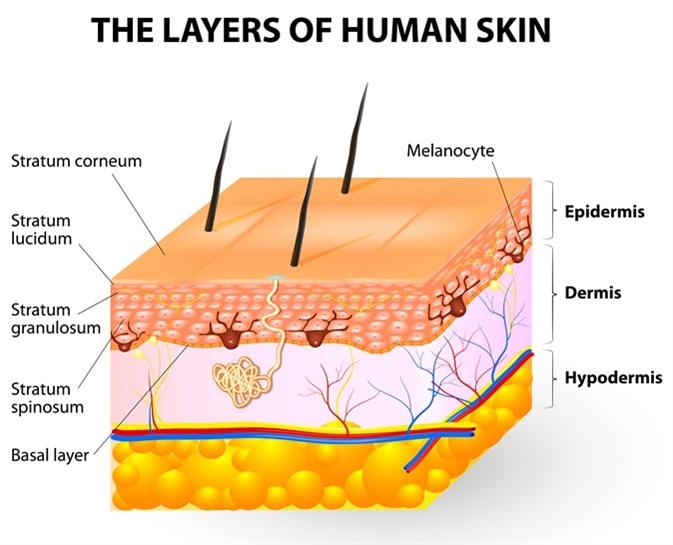A nurse is giving a preoperative patient a dose of famotidine ( Pepcid). The patient asks why the nurse is giving this drug when the patient has no history of ulcers. What response by the nurse is best?
“All preoperative patients get this medication."
“The physician prescribed this medication for you."
"It helps present ulcers from the stress of the surgery."
“Since you don't have ulcers, I will have to ask."
The Correct Answer is C
A. “All preoperative patients get this medication.” This statement is too broad and not entirely accurate. While many preoperative patients do receive famotidine (Pepcid), it’s not a standard for all. Medications are prescribed based on individual patient needs and medical history.
B. “The physician prescribed this medication for you.” While this is technically true, it doesn’t provide the patient with an understanding of why the medication is necessary. As a nurse, part of your role is to educate patients about their medications.
C. “It helps prevent ulcers from the stress of the surgery.” This is the correct answer. Famotidine (Pepcid) is given to decrease the amount of acid produced in the stomach, which can help prevent stress ulcers that can occur due to the physical stress of surgery.
D. “Since you don’t have ulcers, I will have to ask.” This statement suggests uncertainty and a lack of knowledge about the medication’s purpose. It’s important for healthcare professionals to understand the medications they administer and be able to explain them to patients.
Nursing Test Bank
Naxlex Comprehensive Predictor Exams
Related Questions
Correct Answer is B
Explanation
A. Loose connective tissue:
Melanocytes are not typically found in loose connective tissue. Their primary location is within the epidermis, specifically in the basal layer, where they interact with keratinocytes to produce melanin and contribute to skin color. Loose connective tissue contains collagen and elastin fibers, as well as fibroblasts, but it does not house melanocytes.
B. Epidermis:
This is the correct answer. Melanocytes are primarily located in the basal layer of the epidermis, which is the deepest layer of the epidermis. These cells produce melanin, a pigment that helps protect the skin from UV radiation and determines skin color. Melanocytes are interspersed among keratinocytes in the epidermis and transfer melanin to keratinocytes to provide skin pigmentation.
C. Dermis:
The dermis is the layer of skin beneath the epidermis and consists of connective tissue, blood vessels, nerves, hair follicles, and sweat glands. While the dermis plays a crucial role in supporting and nourishing the epidermis, melanocytes are not primarily located in the dermis. They are confined to the basal layer of the epidermis.
D. Superficial fascia:
The superficial fascia, also known as the subcutaneous tissue or hypodermis, lies beneath the dermis and consists of adipose (fat) tissue and connective tissue. It provides insulation, energy storage, and cushioning for underlying structures. However, melanocytes are not typically found in the superficial fascia. They are restricted to the epidermis, specifically the basal layer, where they carry out their function of melanin production.

Correct Answer is C
Explanation
A. Arrange for the patient to receive gamma globulin.
Gamma globulin is a blood product that contains antibodies and is sometimes used for post-exposure prophylaxis in certain situations, such as for individuals who are immunocompromised or pregnant and have been exposed to varicella (chickenpox) or measles. However, for a frail, older adult who had chickenpox as a child and has been exposed to varicella again, arranging for gamma globulin may not be necessary if the patient is already immune to chickenpox.
B. Assess frequently for herpes zoster.
Herpes zoster (shingles) is caused by the reactivation of the varicella-zoster virus, the same virus that causes chickenpox. While exposure to varicella can increase the risk of developing shingles in individuals who are susceptible, frequent assessment for herpes zoster is not necessary in this case if the patient is known to have had chickenpox in the past.
C. Be aware of the patient's immunity to chickenpox.
This option is the correct choice. Since the patient had chickenpox as a child, they likely have immunity to chickenpox. Being aware of this immunity helps the nurse understand that the patient may not develop chickenpox again even after exposure to varicella.
D. Encourage the patient to have a pneumonia vaccine.
Encouraging the patient to have a pneumonia vaccine is unrelated to the immediate concern of exposure to varicella. While pneumonia vaccines are important for older adults, especially those who are frail, the priority in this scenario is to determine the patient's immunity to chickenpox due to prior infection.
Whether you are a student looking to ace your exams or a practicing nurse seeking to enhance your expertise , our nursing education contents will empower you with the confidence and competence to make a difference in the lives of patients and become a respected leader in the healthcare field.
Visit Naxlex, invest in your future and unlock endless possibilities with our unparalleled nursing education contents today
Report Wrong Answer on the Current Question
Do you disagree with the answer? If yes, what is your expected answer? Explain.
Kindly be descriptive with the issue you are facing.
